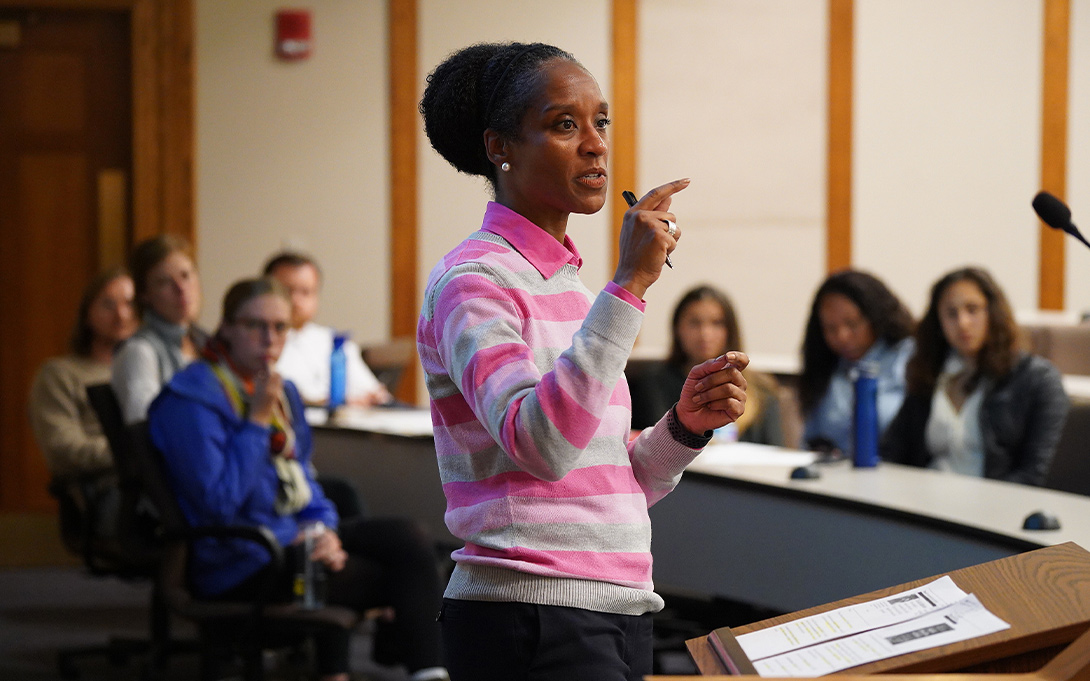
Ford School lecturer and diversity, equity, and inclusion officer Stephanie Sanders offers lessons about creating inclusive spaces in an essay published in Higher Education Today.
As part of a project run by the National Center for Institutional Diversity in the College of Literature Science and the Arts, she discusses the role, the challenges academic diversity officers face, and the opportunities these positions bring to college and university campuses.
Sanders writes, “Higher education has no shortage of statistics that show a steady uptick in enrollment numbers for underrepresented students and students of color. However, enrollment numbers are poor metrics for understanding how the process of inclusion unfolds. Anyone interested in fostering welcoming spaces for all students should shift their preoccupation with numerical diversity toward that of inclusion.”
She outlines five specific strategies:
- Inclusion from the inside. “In the context of being an academic diversity officer and a woman of color in a predominantly white institution, I’ve learned that creating inclusive classroom spaces, where everyone feels supported and encouraged to voice their opinion, takes time.”
- Establish classroom authority. “One of my personal challenges that resurfaces from year-to-year is related to establishing authority in the classroom. Challenges from students range from misplaced assumptions about subject matter expertise to disrespect, classroom disruption, and disagreement about teaching strategies. Trial and error are definitely part of an ongoing process of becoming a skilled facilitator while listening and responding to the needs of students.”
- Manage tensions and resistance. It’s common to hear students say they welcome different opinions to help broaden their perspectives. However, as the semester progresses and the stakes increase, the cohort style of learning can produce a few unintended consequences if left unmonitored. The tensions and resistance are not solely the result of a cohort-style learning model. They are also a byproduct of what happens when we intentionally include perspectives of those who experience the world differently from their peers. I recommend two strategies for navigating these tensions:
- Be explicit with students about what to expect in an inclusive space. At times, this means recognizing a range of emotions—including comfort-discomfort, affirmed-challenged, and argumentative-silent—and responding to them differently. Rather than shying away from a display of charged emotions, instructors should acknowledge their existence and provide a useful framework that helps learners identify, manage, and navigate these and related tensions.
- Focus on skill development. Rather than isolate these agreements to one setting, semester, or class, be clear with students about how these skills develop and grow over time and across different contexts. Mastery of this skill enhances leadership development, builds better teams, and is useful when leading organizational change or change management.
You can read the entire article here.
